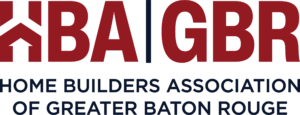NAHB analysis of Census Construction Spending data shows that total private residential construction spending rose 2.7% in November to a seasonally adjusted annual rate of $658.1 billion. Total private residential construction spending was 16.1% higher than a year ago.
The monthly gains are largely attributed to the strong growth of spending on single-family and improvements. Single-family construction spending rose to a $341.5 billion annual pace in November, up by 5.1%. This is in line with the strong readings of single-family housing starts and solid builder confidence. Remodeling spending inched up by 0.2% in November. Meanwhile, multifamily construction spending stayed flat after reaching a record high in October, and was 15.8% higher since a year ago.
The NAHB construction spending index, which is shown in the graph below (the base is January 2000), illustrates the solid growth in single-family construction and home improvement from the second half of 2019 to February 2020, before the COVID-19 hit the U.S. economy, and the quick rebounds since July 2020. New multifamily construction spending has picked up the pace after a slowdown from the second half of 2019.
Private nonresidential construction spending decreased 0.8% to a seasonally adjusted annual rate of $453.8 billion. And it was 9.5% lower than a year ago. The largest contribution to this month-over-month nonresidential spending decrease was made by the class of manufacturing ($12.3 billion), followed by power ($10.1 billion), and lodging ($8.3 billion).










